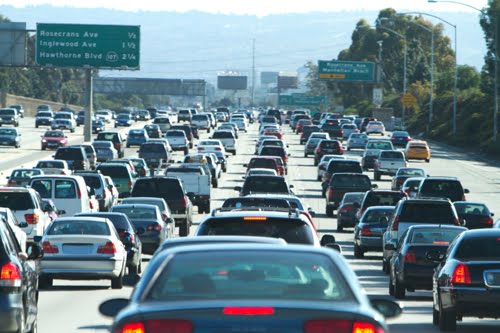The IIHS, or Insurance Institute for Highway Safety, and the NHTSA, or National Highway and Traffic Safety Administration, compile statistics to determine the riskiest days to be on the road in the U.S. This information can make us more mindful of our driving habits and help us plan road trips with important information in mind. Should it stop you from traveling on a given day, or alter your behavior on the road? That is what’s great about information, you get to decide how to best apply it to your life.

Breaking Down the Statistics
According to the NHTSA, the most dangerous day of the week for drivers is Saturday. This might seem odd since there are fewer cars on the road and no rush hour, but there is a higher percentage of accident-related deaths when compared to the average number of vehicles on the road on that day.
The most dangerous single day of the year for driving is the 4th of July holiday, according to the IIHS. This comes as no real shock when you consider how many backyard BBQs there are and the amount of alcohol consumed. This kind of statistic might lead some to stay close to home to celebrate or have an overnight get together with friends and family.
Among the statistics with the IIHS, we can also find that later-evening hours on weekdays are the most dangerous time on a given day to be driving. People are coming home from wor — they’re tired, hungry, and they may be in a rush to get home. You can use this information to your advantage by remaining more vigilant as you drive between 5 and 7:00 p.m.
A great way to gage the riskiest days to be driving is to listen for information about roadblocks. If the police are setting up roadblocks to catch drunk drivers, that is probably a holiday weekend that is known for increased accidents and danger, such as Memorial Day. Heavy travel holidays like Thanksgiving are known to be more dangerous because of the large numbers of families traveling long distances to be with extended family.
Where Do You Go From Here
We all know that driving comes with risks. We cannot remove all risks from the equation. What we can do is decrease the risks by understanding the dangers that we face. No statistic is going to stop most people from driving to their mom’s house on Christmas Eve, but it can remind us to watch our speed, maintain a safe distance from other cars, and just be more wary of our surroundings.
Peter Wendt is a freelance article writer working out of Austin. For readers who wish to learn more about driving risks, he recommends they check out this company.

